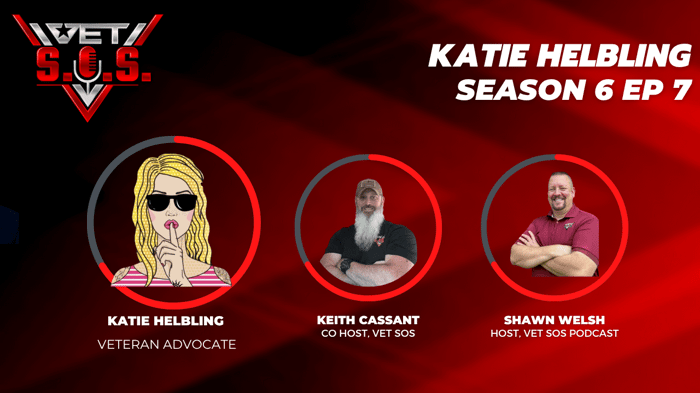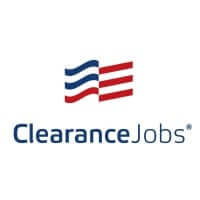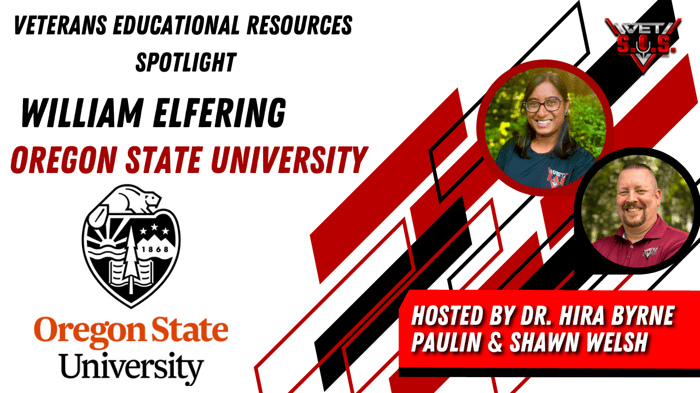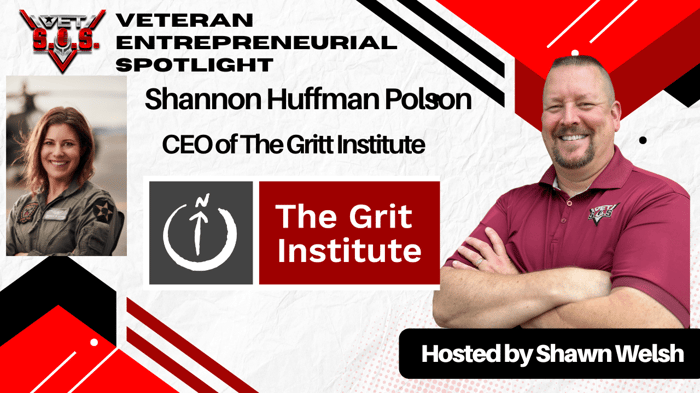Mastering the Security Clearance Job Search: ClearanceJobs Tips for Veterans
Veterans transitioning to civilian careers face many challenges, but those with active clearances hold a unique advantage—if they know how to use it. The security clearance job search is a specialized process that differs significantly from the traditional civilian job hunt. To help decode this process, the VET S.O.S. podcast welcomed Katie Helbling, a key member of the ClearanceJobs content team and host of their podcast, Security Clearance Careers.
 Katie Helbling
Katie Helbling
Katie brings a deep understanding of recruiting, federal hiring trends, and how veterans can best position themselves for success. Her candid, often humorous, approach makes navigating a complex job market much more manageable.
Why the Security Clearance Job Search Is Different
The security clearance job search isn’t just about updating your resume and clicking "apply." It requires knowledge of federal contracting systems, understanding the lifecycle of a clearance, and building a professional presence in a tightly regulated workforce. ClearanceJobs.com stands apart as the only major platform dedicated solely to jobs that require an active federal security clearance.
Katie explained how ClearanceJobs differs from general job boards like LinkedIn or USAJobs. It allows users to create a living profile that recruiters can search and filter based on security clearance, location preferences, certifications, and more. With over 1.8 million users and 60,000+ jobs posted at any given time, it’s the largest and most targeted tool available for cleared professionals.
Start Early: Transition Success Requires Time
One of the most common mistakes veterans make during their security clearance job search is waiting too long to begin. Katie highlighted that some veterans don’t begin planning until three months before separation—a narrow window in which to clarify goals, build resumes, and establish a network.
“Start planning 12 to 18 months out,” she recommended. “Take time to reflect on what you want from your post-military life.”
She encouraged service members to consider:
Geographic preferences
Remote work opportunities
Family needs and education goals
Financial responsibilities
Certification or degree requirements
The earlier you begin planning, the more you’ll be able to adapt your strategy and deal with unexpected changes.
Clearance Maintenance: The Two-Year Rule
A vital update in the security clearance job search space is the shift in clearance maintenance timelines. In the past, security clearances remained valid for five to ten years post-separation, depending on the level. However, continuous vetting policies now define a two-year window for reinstatement.
If a veteran leaves a cleared job and doesn’t return to a similar role within two years, they will likely need to restart the clearance process.
Katie advised: “Talk to your security officer before leaving the military. If you ever want to come back into the cleared workforce, make sure your clearance doesn’t expire unnecessarily.”
Senior Leader Assumptions: Myth vs. Reality
There’s a pervasive myth that senior military leaders with high-level clearances will easily walk into lucrative private-sector jobs. Katie cautioned against this mindset.
“I get messages daily from folks with TS/SCI and a poly asking, ‘Where’s my job?’ It’s not automatic,” she said.
Veterans of all ranks need to:
Translate military jargon into industry terms
Showcase measurable outcomes in resumes
Network with intent and humility
Prepare for civilian interviews and workplace cultures
Job success isn’t guaranteed by rank or clearance—it comes from preparation and strategy.
Recruiter and Job Seeker Strategies for Success
Katie offered valuable advice for both recruiters and job seekers. For employers searching for cleared talent, it’s essential to understand the audience. Veterans appreciate direct, respectful, no-fluff communication. Employers can leverage humor, authenticity, and mission-aligned messaging to attract the right candidates.
For transitioning service members and cleared job seekers, Katie recommended:
Be direct: Introduce yourself clearly with your background and clearance level.
Be proactive: Attend events, post on platforms like ClearanceJobs, and follow up with recruiters.
Be authentic: Honesty and humility go a long way in networking conversations.
Even at career fairs or networking events, Katie noted that too many veterans approach booths without a clear plan. “Just saying, ‘I’ll do anything,’ isn’t helpful. You need to have a goal and know what matters to you.”
Why Veterans Should Use ClearanceJobs
ClearanceJobs provides several advantages that make it the top platform for anyone involved in a security clearance job search:
Live profiles searchable by recruiters
Dashboard insights showing who viewed your profile
Military Transition Bootcamps held quarterly
Groups based on location and skill set for curated job leads
IntelliSearch to auto-match job descriptions with candidate resumes
Katie explained how recruiters often use Boolean logic or upload job descriptions directly into the platform to find ideal matches. By building a comprehensive and strategic profile early, veterans can test their visibility and adapt based on recruiter engagement.
“If you’re not getting messages, you’ve just been given free data,” Katie said. “It means something in your profile needs adjusting.”
Going Beyond the Job: Community and Connection
While Katie takes her mission seriously, she doesn’t take herself too seriously. Known for infusing humor and sass into her content, she understands that transitioning can be daunting—and a little levity can go a long way.
Through memes, social media engagement, and real-talk blog posts, Katie helps humanize the security clearance job search and connect with veterans in a relatable way. That’s part of why ClearanceJobs has become such a respected brand in the cleared employment community.
Katie also shared additional resources:
ClearanceJobsBlog.com – Clearance eligibility questions and restoration guidance
FedWork.net – Resources for displaced federal workers
About.ClearanceJobs.com – Free resources for transitioning veterans
News.ClearanceJobs.com – Daily coverage on federal hiring, contracting, and security updates
They also offer newsletters focused on career advice, clearance law, and student outreach.
Final Thoughts
The security clearance job search is a unique path filled with opportunity, but it requires effort, early preparation, and targeted tools. Veterans who treat their transition with the same level of planning and discipline they applied to their military careers are far more likely to succeed.
Whether you're 24 months or 6 months from separation, don’t wait. Platforms like ClearanceJobs can help you navigate the complexities of cleared employment and connect with employers who value your background and clearance.
As Katie Helbling so eloquently said, “Why not start early? It’s never wasted time if you’re building connections and setting yourself up for success.”






